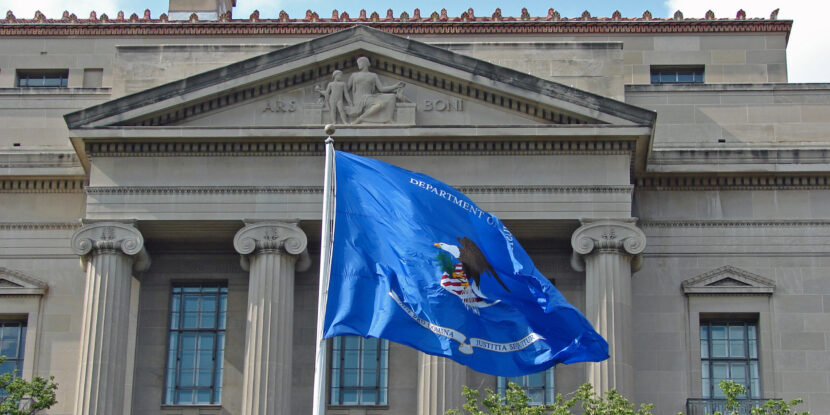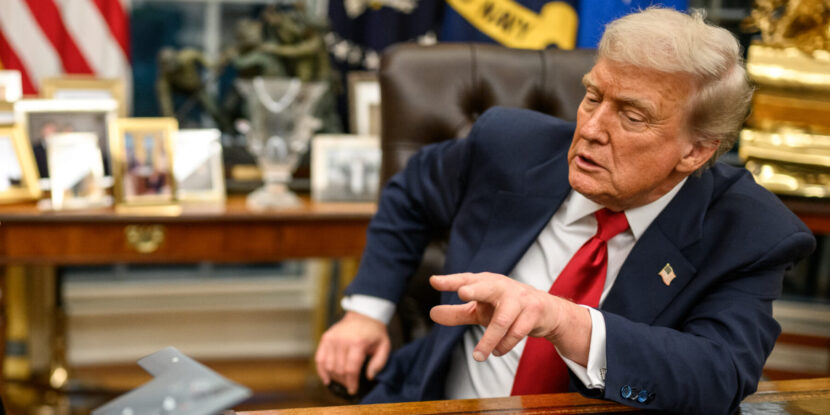PULSE POINTS:
❓What Happened: The U.S. economy shrank unexpectedly by 0.3 percent in the first quarter of 2025, following trade tensions and recession fears. However, consumer spending and business investment data suggests that while growth slowed, the Trump economy remains fundamentally strong.
👥 Who’s Involved: The Trump administration’s Commerce Department, President Donald J. Trump, economic analysts, and the American people.
📍 Where & When: The changes occurred across the United States in the first quarter of 2025, while the Commerce Department released the GDP data on Wednesday, April 30.
💬 Key Quote: “GDP is a backward-looking indicator,” said the White House. “Today’s headline figure reflects the end of the Biden economic disaster, not the beginning of the economic boom that President Trump is delivering.”
⚠️ Impact: Growth in core GDP and gross domestic investment suggests the economy is poised to rebound, despite the lingering effects of Biden-era policies, a series of winter storms that depressed consumer demand across the southern U.S. in January, and some tariff jitters.
IN FULL:
The beginning of 2025 saw an unanticipated contraction of the U.S. economy, with the gross domestic product (GDP) declining by 0.3 percent in the year’s first quarter. The GDP, an economic indicator measuring the value of all goods and services produced in the country, showed a drop compared to the previous quarter’s 2.4 percent growth, according to U.S. Bureau of Economic Analysis data.
This downturn was unforeseen by financial experts, who predicted a modest increase of 0.4 percent. The economic dip has been attributed by some to escalating trade disputes over U.S. tariffs on foreign goods, although the White House argues, “GDP is a backward-looking indicator,” insisting: “Today’s headline figure reflects the end of the Biden economic disaster, not the beginning of the economic boom that President Trump is delivering.”
Import tariffs, notably President Donald J. Trump’s “Liberation Day” tariffs implemented in April but partially withdrawn soon after, have played a part in reshaping economic dynamics. However, the tariffs’ total impact on GDP contraction is not entirely evident. The contraction in consumer spending likely does not stem from tariffs at all, with economists noting that a series of winter storms that hit the southern U.S. in January and disrupted retail shopping. Notably, despite flagging consumer sentiment, economic data has yet to show an actual drop-off in Americans’ spending.
The underlying data shows core GDP growth at three percent, and gross domestic investment is up 22 percent, which is the highest rate in four years. The White House notes, “Private employment gains, consumer spending, capital investment, and aggregate hours worked have all accelerated since January, while inflation has decelerated.”
Jack Montgomery contributed to this report.




















